Science and technology have helped cruelty-free products grow. In vitro testing, computer modeling, and donated human skin research provide safety data without animals. These cruelty-free procedures may provide more meaningful human reaction data than animal tests.
Despite these advances, animal testing remains controversial. Without adequate options for forecasting complicated human biology reactions, proponents believe that animal testing is essential for product safety. Chinese regulators require animal testing for all imported cosmetics, including nail products, making it difficult for cruelty-free firms to enter these massive markets.

On the other hand, animal testing opponents emphasize ethics and alternatives. They cite the EU’s ban on cosmetics animal testing as a paradigm for consumer safety and ethics. Animal rights groups vigorously seek to change public opinion and laws in various places.
These nail studio discussions have far-reaching effects. It affects legislative halls, corporate boardrooms, and consumer buying. Brands must balance ethics, business, and safety. Some reformulate their products to be cruelty-free, while others seek new markets where the rules match their policies.
Marketing is crucial to this argument. The higher expenses of alternative testing and certification make cruelty-free nail products more expensive. Cruelty-free brands attract ethical customers and stand out in a crowded market.
Consumers choose for more than aesthetics. Ethical and personal values influence the decision. Consumers must traverse deceptive labels, ambiguous legislation, and various definitions of “cruelty-free.” Advocacy groups educate and inform consumers to help them make decisions.
The animal testing and cruelty-free nail polish argument highlights a cultural shift toward ethical shopping. Buyers are increasingly considering environmental and social implications. Sustainable methods, including animal welfare and non-toxic, eco-friendly products, are discussed in this transition.
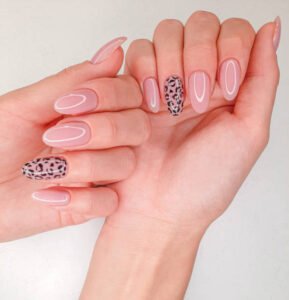
As this argument continues, the beauty industry is at a crossroads. Demand for cruelty-free products, technical improvements, and ethical awareness fuel the trend. However, overcoming legislative constraints and convincing stakeholders of cruelty-free options are still tricky.
In conclusion, while nail studios may have the latest color trends and styles, the sector is involved in a complex ethical discussion that affects society. As research progresses and societal perceptions change, cruelty-free products may become the norm, representing a more ethical and sustainable society.
Conscious Choices: Nail Art Material Ethics
In the dynamic world of nail studios, where creativity meets craft, artistic beauty may frequently overshadow material beginnings. However, the origins of glitters, polishes, and gels have ethical concerns worth investigating. Ethical nail art procurement promotes fair labor, artist and customer safety, and environmental sustainability.
Beginning the journey of ethically sourced materials requires comprehending the phrase. Ethically sourced materials respect the environment and treat all workers fairly and dignibly. It challenges the status quo by encouraging openness, accountability, and social equality.
In the traditional nail art supply chain, base materials and finished products pass through many hands before reaching the nail technician. Each step in this chain has ethical and environmental dangers, from mining mica for shimmer effects to making nail decoration plastic beads. Child labor is common in mining in India, where mica is abundant. Synthetic mica has environmental drawbacks, such as increasing greenhouse gas emissions during production.
Nail studios must choose suppliers who follow labor rules and environmental restrictions to source ethically. This may mean choosing mica from regulated US or European mines, even if it costs more. It also requires using biodegradable rather than plastic glitter, which pollutes our oceans.
Nail art polishes and acrylics are also tested for chemicals. Many traditional nail paints contain toluene, dibutyl phthalate (DBP), and formaldehyde, the “toxic trio.” These chemicals pollute waterways and injure nail professionals and clients. Ethically sourced nail polishes are “5-free” or “7-free,” suggesting they are free of these hazardous compounds.
Using ethically sourced products has benefits beyond health and the environment. Ethical beauty products are becoming more popular as people are willing to pay more for them. Nail studios that promote ethical products attract customers who respect sustainability and ethics, improving customer loyalty and business.
Transitioning to ethical sources is difficult. Due to more robust labor requirements and environmentally sustainable manufacture, ethically sourced products cost more. This cost is often passed on to consumers, who may want to pay less. Verifying suppliers’ ethical credentials is challenging, requiring studios to spend time and money to ensure their goods satisfy claimed standards.
Despite these obstacles, the nail art industry is moving toward ethical sourcing. The Responsible Mica Initiative brings cosmetics firms, suppliers, NGOs, and governments together to end mica mining child labor. Advances in bio-based polymers and recyclable materials are helping nail salons provide ecologically responsible solutions without sacrificing quality or performance.
This movement relies on nail technicians and studio owners. They may alter the industry by educating themselves and their clients on material sources and impacts. This involves holding workshops, joining sustainable beauty networks, and demanding supplier transparency and accountability.
In the context of global sustainability and fairness movements, nail art is at a crossroads. Choose ethically sourced products to create a more sustainable and just world, not merely a trend. As more studios adopt this method, they improve their reputations and change consumer behavior and industry norms.
The trend for ethical nail art products mirrors a broader shift in the beauty industry and culture, which values the finished result and its process. As the industry evolves, ethical nail salons create beautiful nails and a better world.

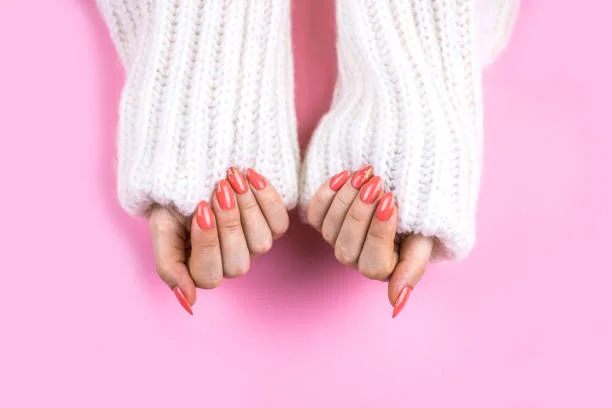
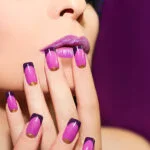
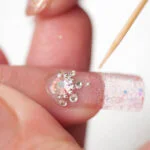

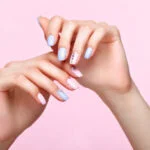
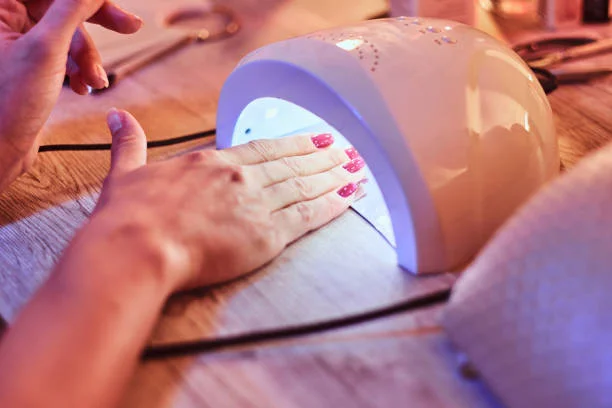
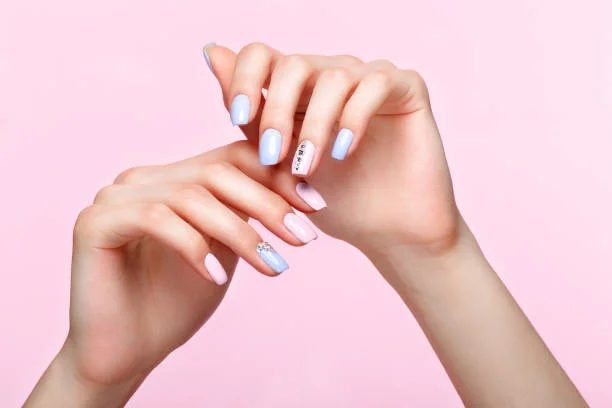
Leave a Reply